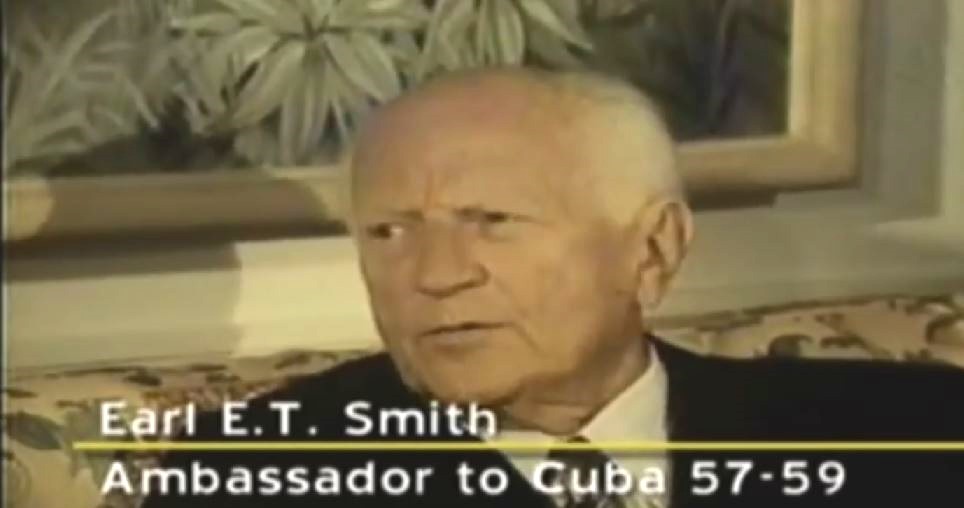
Our man in Havana (back in ’59)
Many Americans may already be wondering who will be nominated as U.S. ambassador to Cuba once formal relations are reestablished between the two countries.
Will it be a career diplomat with experience in Latin America or some wealthy industrialist (preferably Spanish-speaking) who contributed munificently to political party coffers? Will it be a Mr. Ambassador or a Madame Ambassador?
What will be the criteria for the selection? And are names being vetted now or is there already a short list?
For those few Americans who wonder who was the United States’ envoy to Havana in 1959, when Fulgencio Batista fled the island and Fidel Castro took over, the answer is Earl Edward Tailer Smith, an investment broker and sportsman with no previous diplomatic background who was appointed ambassador to Cuba by President Dwight D. Eisenhower. He was confirmed by the Senate in May 1957 at the age of 54.
The fact that he was on the board of directors of the United States Sugar Corporation may have had a bearing on his appointment, since the company had a major presence in sugar-producing Cuba at the time.
By Smith’s own admission, he was given a six-week course in diplomacy “visiting various agencies and being briefed by the State Department and those whom the State Department designated.” By one account, he spoke no Spanish.
He served until Jan. 20, 1959, when he resigned and returned to the U.S. His post was taken by Philip Wilson Bonsal, who lasted on the job only until October 1960, when relations between Cuba and the U.S. broke down entirely.
In an appearance before a Senate Subcommittee on Internal Security in Aug. 30, 1960, Smith described the factors that led to Batista’s ouster in the chaotic days of 1958. His account in a Congressional transcript makes interesting reading, 55 years after the fact.
THE TAIL WAGGING THE DOG
“The Batista regime was disintegrating from within,” Smith said. “It was becoming more corrupt and, as a result, was losing strength. […] The Batista government was overthrown because of the corruption, disintegration from within, and because the United States and the various agencies of the United States who directly and indirectly aided the overthrow of the Batista government brought into power Fidel Castro.”
Asked to name those agencies, he described them as “certain influential people, influential sources in the State Department, lower down echelons in the C.I.A. [Central Intelligence Agency]. I would say representatives of the majority of the U.S. government agencies that have anything to do with the Embassy.”
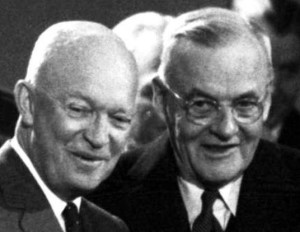
U.S. diplomacy toward Cuba seemed to have a tail-wags-the-dog quality. In general, Smith said, “decisions were made on the fourth floor” of the State Department by lower-ranking officials, not on the fifth floor, where “the top echelon” of decision-makers worked. “The fifth floor was not as interested in the affairs of Cuba until late in 1958.” And the fifth floor “is where the Secretary of State and the Under Secretaries are.”
At the time, the Secretary of State was John Foster Dulles, who served from 1953 to mid-1959.
“I have learned from experience and observation,” Smith went on, “that in our system the actions by the lower echelon and those who are influential in the lower echelon form our policy, and when those higher up act upon them, the policies have already been determined by events.”
Asked if he had any confidence in the fourth floor, the one-time diplomat answered: “When you are an Ambassador, you have nothing to do with policy. You follow your instructions. […] All you can do is recommend.”
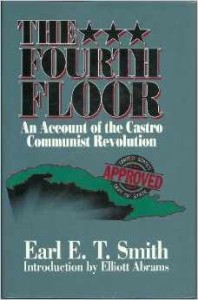 In 1962, Smith wrote a book, “The Fourth Floor,” in which he told about his experiences with the State Department during his term as ambassador.
In 1962, Smith wrote a book, “The Fourth Floor,” in which he told about his experiences with the State Department during his term as ambassador.
BATISTA LOST WASHINGTON’S TRUST
Earlier in August 1960, Smith’s predecessor as ambassador to Cuba, Arthur Gardner, had told the same Senate committee that Batista “was known to be getting a ‘cut’ […] in almost all the things that were done.”
Smith described a breakdown in the morale of Batista’s army “when [in March 1958] we refused to sell arms to the Cuban government and […] persuaded other friendly governments not to sell arms to Cuba.” Those actions, he said, “had a moral, psychological effect upon the Cuban armed forces that was demoralizing to the -enth degree.”
Once Washington “refused to sell arms […] to the existing government, the people of Cuba and the armed forces knew that the United States no longer could support Batista’s government.” And although Batista could buy arms from other sources, “the psychological impact on the morale of the government was crippling.”
“Thirty days before Batista left, I sent a telegram to the State Department,” Smith testified, “and I said that Batista probably would not survive beyond January 1. We hit the date right on the nose — the day he left.”
Upon instructions from the State Department, Smith continued, “I spent 2 hours and 35 minutes on Dec. 17, 1958, with Batista and told him that the United States — or rather certain influential people in the United States — believed that he could no longer maintain effective control in Cuba and that they believed it would avoid a great deal of further bloodshed if he were to retire.”
GRASPING AT STRAWS
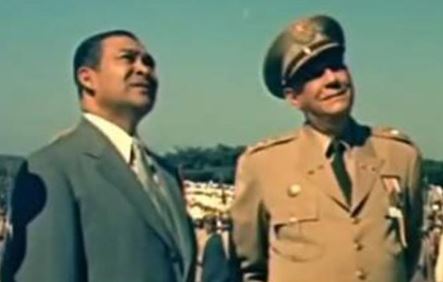
Smith related a visit he received on Dec. 26, 1958, from Gen. Francisco Tabernilla, head of the Cuban armed forces, and two other top-ranking military officers.
“Tabernilla said that the Cuban soldiers would not fight any longer and that the Cuban government, per se, would not be able to last,” Smith told the senators. “He stated that the purpose of his visit to me was to save Cuba from chaos, Castro, and communism.”
“He said he wanted to form a military junta comprised of himself […] Gen. [Eulogio] Cantillo, Gen. [Arístides] Sosa Quesada, Col. [Manuel] Cáceres, and an officer of the navy. He said that they wanted to give Batista safe convoy out of the country and wanted to know whether I would support such a junta.”
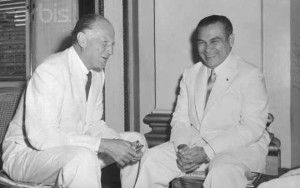
Smith told Tabernilla that he (Smith) could only convey that question to the State Department but that it would be best if Tabernilla consulted with Batista and came up with a joint proposal for a regime change.
“The State Department knew that Batista was through in December 1958,” the ex-ambassador specified, “and as soon as Batista was through, it was obvious that only one person was going to come into power, and that was Fidel Castro.”
Batista took Smith’s counsel to heart and fled to the Dominican Republic. After all, as Smith himself told the Senate panel, “the United States, until the advent of Castro, was so overwhelmingly influential in Cuba that […] the American ambassador was the second most important man in Cuba, sometimes even more important than the president.”
After leaving Cuba, Smith returned to his home in Palm Beach, Fla., where he became the city’s mayor from 1971 to 1977. He died in 1991.


